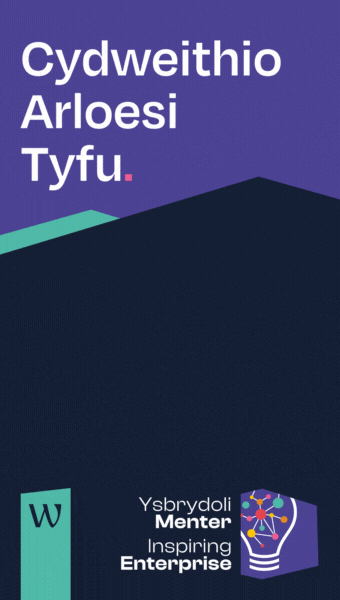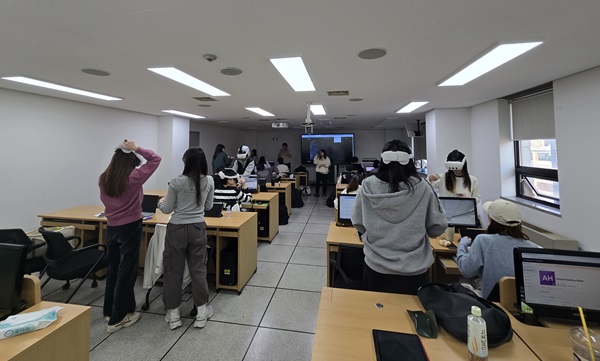Written By:
 Rhodri Packman
Rhodri Packman
Market Development Advisor
Employee Ownership
___________________________________________________________________________________________________________________________
As businesses of all shapes and sizes increasingly embrace Employee Ownership (EO), one of the key questions that arise is how to fund the transition.
Moving from a traditional ownership model to one in which employees have a significant stake in the business can be a complex process, with obvious financial decisions around how to fund the sale/purchase. However, with the right approach, it’s possible to finance an EO transition in a way that supports the company’s growth and long-term success.
At the initial stage discussions will revolve around which is the best ownership structure for the exiting owner, the business and the future employee-owners. There are 3 routes to explore:
Direct employee ownership, where employees become individual owners of shares; Indirect employee ownership – where shares are held collectively on behalf of all employees via an Employee Ownership Trust (EOT); or a hybrid model, combining both direct and indirect share ownership.
In this feature, we will explore the different models and the funding options available for businesses transitioning to employee ownership.
Direct Employee Ownership
Employees become individual owners of shares in their company, often using the tax advantaged share plans that are available. Using this model, employees normally acquire shares in their business through; buying shares (using a tax efficient Share Incentive Plan (SIP), via free shares (shares are gifted, often tied to business performance and bonus schemes) or through Share Options (HMRC tax advantaged schemes buying shares by exercising options when they can be afforded or when certain criteria are met).
Indirect Employee Ownership
Shares are held collectively on behalf of all employees, usually through an Employee Ownership Trust (EOT). Many companies use an EOT to hold the shares, often paying the exiting owner for those shares, over a period of time (this is called deferred payments). The EOT model is one which provides every employee with the same rights without the obligation to purchase shares directly using their own money.
Hybrid model, combining Direct and Indirect Employee Ownership
Shares are held in a combination of collective indirect ownership and individual direct ownership. Usually an EOT will hold the majority of the shares in order to provide a stability of ownership. Alongside this an SIP running in conjunction, providing a mechanism for distributing the remaining shares to employees.
There are a number of funding sources that can assist with the transition into employee ownership.
Self-funding the Transition from the business
The most straightforward way to fund the transition is through the company’s own resources. There may be enough current and forecast disposable cash within the company to finance all, or part, of the purchase price. This can happen either in one lump sum, or more commonly over a period of years.
The benefit of self-funding is that it doesn’t increase the company’s debt and doesn’t dilute the ownership stake of the existing owners. However, not all companies will have sufficient internal resources to fund the transition, particularly smaller businesses or those with tight cash flows.
Employee Funded
Employee ownership can be funded by the employees themselves, who raise the funds from their personal resources. Employees can be incentivised by awarding them special shares or additional rights that are not available to later employees. Clearly there are downsides as not all employees have the disposable income available and those employees that do, need to realise that money can be tied up for a considerable and indefinite period.
External Financing
External financing can take many forms, from traditional bank loans, mezzanine finance, equity finance to more innovative solutions like crowdfunding or social impact investment. Each form of external financing has its pros and cons, and the best choice will depend on the specifics of the company and its transition plan.
A bank loan, for instance, can provide the necessary funds relatively quickly and with a clear repayment plan. Normally the lender will take security for its loan and the company will need to demonstrate its ability to repay the loan. With the potential for the interest and repayments putting a strain on cash flow.
Crowdfunding can tap into a broad pool of potential investors who are motivated by more than just financial return. However, it requires a significant effort to create a compelling pitch and manage the crowdfunding campaign. Also, while it can be an excellent tool for raising relatively small amounts of money, it might not be suitable for larger transitions.
Social impact investment, on the other hand, comes from investors who seek to generate social and environmental impact alongside a financial return. Employee-owned companies, with their focus on employee wellbeing and long-term sustainability, can be a good fit for social impact investors.
Government Support
Government support for employee ownership in the UK has never been stronger. The Finance Act 2014 introduced a number of attractive financial incentives to encourage the use of employee ownership as a succession and ownership option.
Capital Gains Tax relief
Since 2014 an individual disposing of their shares to an EOT (where the EOT holds more than 50% of shares) will be exempt from Capital Gains Tax.
Tax free Employee Bonus Payments
A further incentive brought about by the 2014 Act, is the ability to pay tax free bonuses to all employees. Employees of a company controlled by an EOT have been able to benefit from an income tax exemption on all bonus payments. Currently up to £3,600 can be paid to an employee without incurring income tax.
While funding the transition to employee ownership can be a challenge, a range of options exist. The best approach will depend on the individual circumstances of the company and its owners. Engaging with professional advisors early in the process can help to explore these options and develop a robust funding strategy.
To find out more about Employee Ownership, visit Employee Ownership Wales








